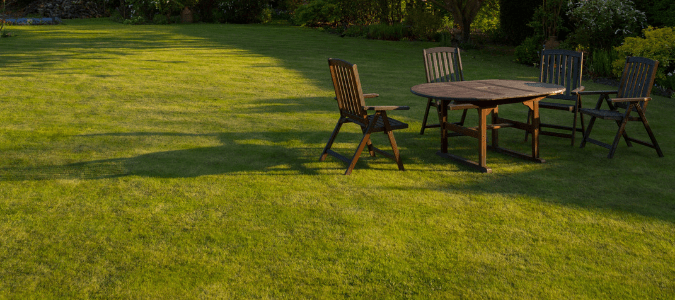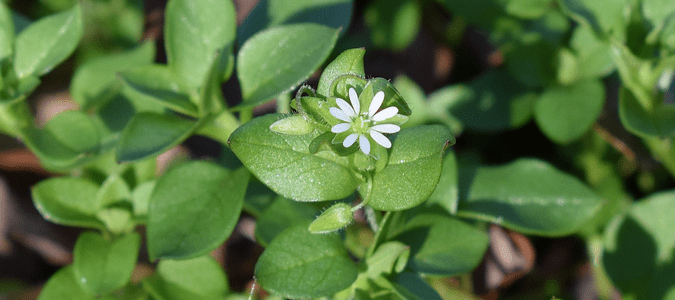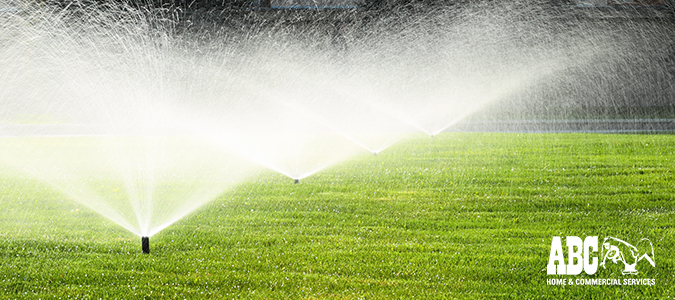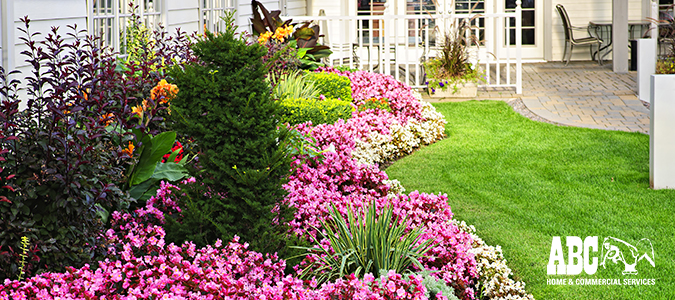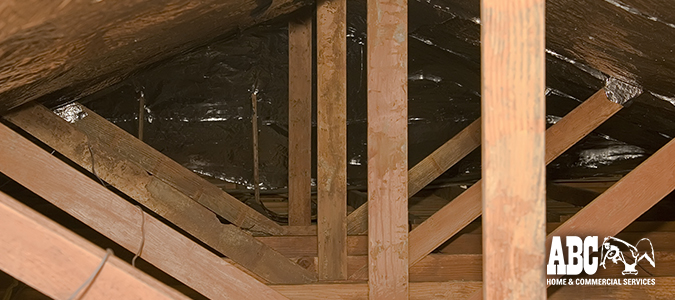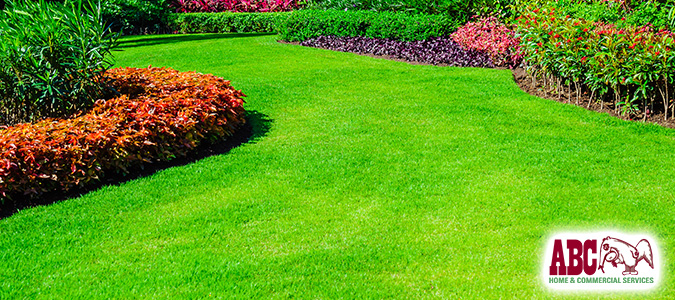When To Mow Lawn in the Spring
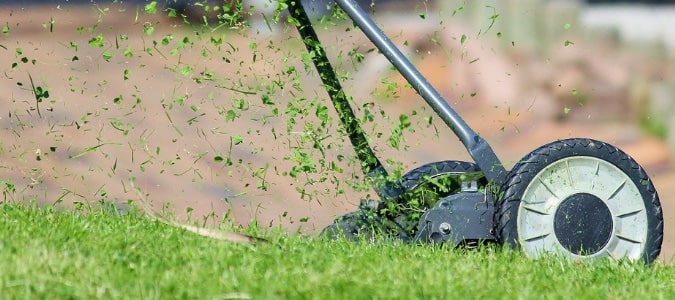
Do you know how to properly care for your lawn in the spring? After the long winter months, there are several things you need to do to help bring your lawn back to life.
One important aspect of lawn health is mowing it at the proper time. You do not want to mow your lawn too early in the spring before your grass has time to fully root into the soil. Leaving your grass long until the early spring will encourage deeper root growth.
Fertilizing and watering your lawn at the right time in the spring is also important. Treating your lawn at the wrong time can result in wasted efforts and underdeveloped root systems. Additionally, watering your lawn before the weather is warm enough can damage your grass and sprinkler system.
Finally, it’s important to properly aerate your lawn in the spring. Aerating allows your compacted soil to breathe and take in … Read Full Post »
